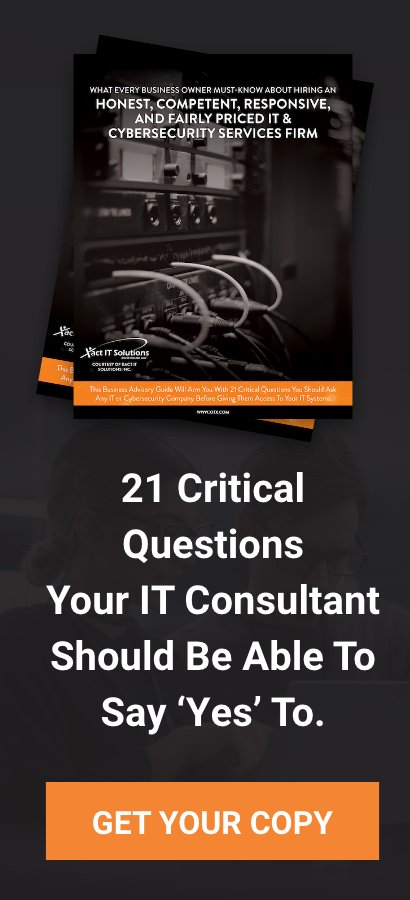As organizations across every industry sector become more reliant on modern technologies, IT budgets are going through the roof. According to a recent study by Deloitte, the average spending across all industries stands at 3.28% of revenue, with the biggest spenders being the finance and professional services sectors.
From coordinating large digital transformation projects to boosting information security, it’s easier than ever for IT to become an unaffordable expense. But today, businesses have new opportunities to reduce costs without having to compromise on things like security, performance, and reliability.
Realistic technology budgeting starts with garnering a thorough understanding of the risks and benefits. That means knowing what to avoid and getting a handle on hidden costs, as well as those which are difficult or even impossible to budget for.
Here are some of the avoidable factors that can greatly increase your IT spending:
#1. Unplanned outages
With just an hour of unscheduled downtime costing the average business hundreds of thousands of dollars, service availability has never been more important. Unplanned outages aren’t costly just because of the price of repairs or remediation efforts either. Indirect costs such as reduced employee productivity and customer satisfaction are often far worse. Patience is lower than ever in an era where customers are spoiled for choice, and no one wants to hear excuses about how your computers are down when they’re looking for prompt customer support or sales advice.
Fortunately, most unplanned outages can be easily avoided by having redundant systems and automatic rollovers in place. Most cloud providers offer this to guarantee a minimum level of uptime as specified in their service level agreements (SLAs).
#2. Regular upgrades
We’ve all heard the adage that a computer becomes obsolete the moment you walk out of the store with it. While that might be an exaggeration, there’s no denying that technology needs regular upgrades and maintenance. If you’re relying on dated systems and processes, your whole business will suffer while more agile competitors take over. Overcoming obsolescence is one of the biggest challenges that internal IT departments face.
The cloud fixes technology obsolescence issues for good. Many companies are now migrating their systems and data over to cloud data centers and, in doing so, outsourcing things like upgrades and maintenance to third-party service providers. This greatly reduces their reliance on in-house hardware while providing far greater visibility into costs.
#3. Break/Fix support
The traditional model of IT support holds that, when a system breaks down, you call in a technician to repair it. Only, there’s no telling when the technician will be available, how long it will take them to resolve the problem, or even how much it’s going to cost. Before long, the invoices start piling up, and then you have the indirect costs to worry about, such as those pertaining to unscheduled downtime.
To have better control over their IT budgets, companies are shifting towards proactive support services that focus on preventing problems from arising in the first place. For example, one of the most basic service levels offered by managed services providers (MSPs) is round-the-clock network management and monitoring. If a problem arises, they’re obliged by their contracts to respond within a given timeframe.
#4. Security and compliance
Cyberthreats are a constantly growing problem in a time when digital data is the world’s most sought-after commodity. When data breaches have the potential to close victims’ businesses down for good, it’s never been more important to take a multilayered approach to information security, privacy, and compliance. However, given the current shortage of specialized security expertise, the cost of hiring in-house information security officers is enormously expensive.
Fortunately, most small- to medium-sized businesses don’t actually need to pay the six-figure salaries demanded by information security and compliance specialists. Instead, they work with third-party providers who offer these services on demand. An outsourced security operations center (SOC), for example, provides you with the same level of security and compliance that today’s biggest companies can afford, albeit at a fraction of the price.
Xact IT Solutions helps businesses regain control over their technology budgets by providing a full range of managed services and expertise. Talk to one of our experts today to schedule your free consultation.



